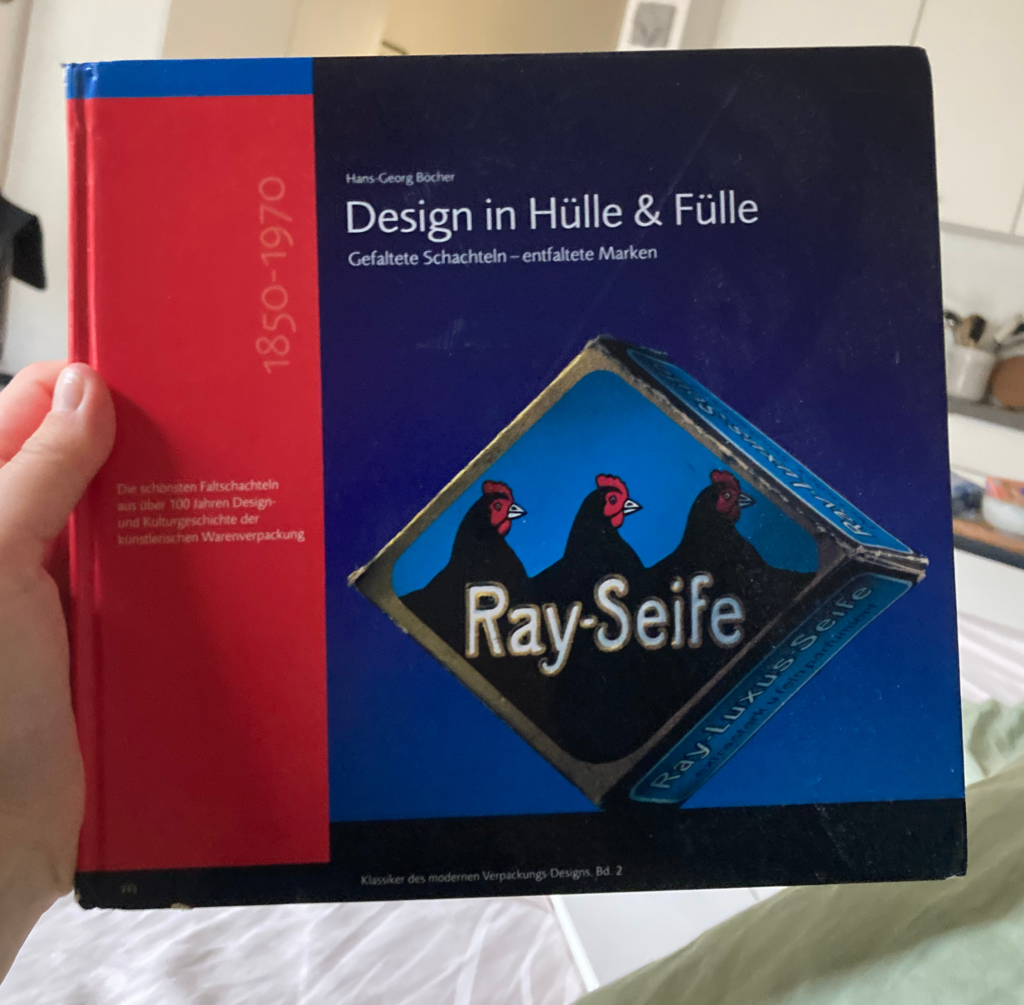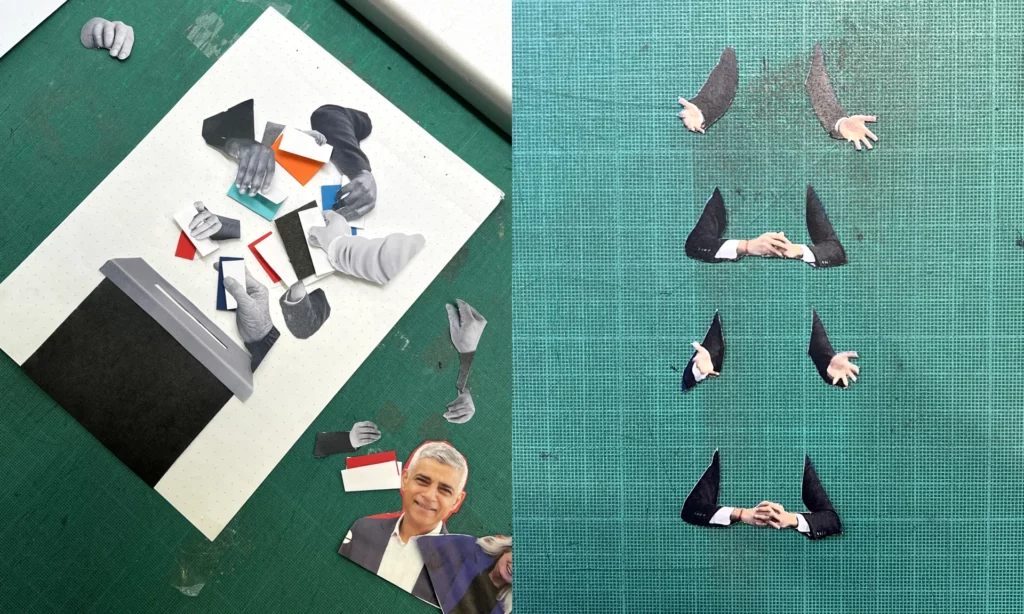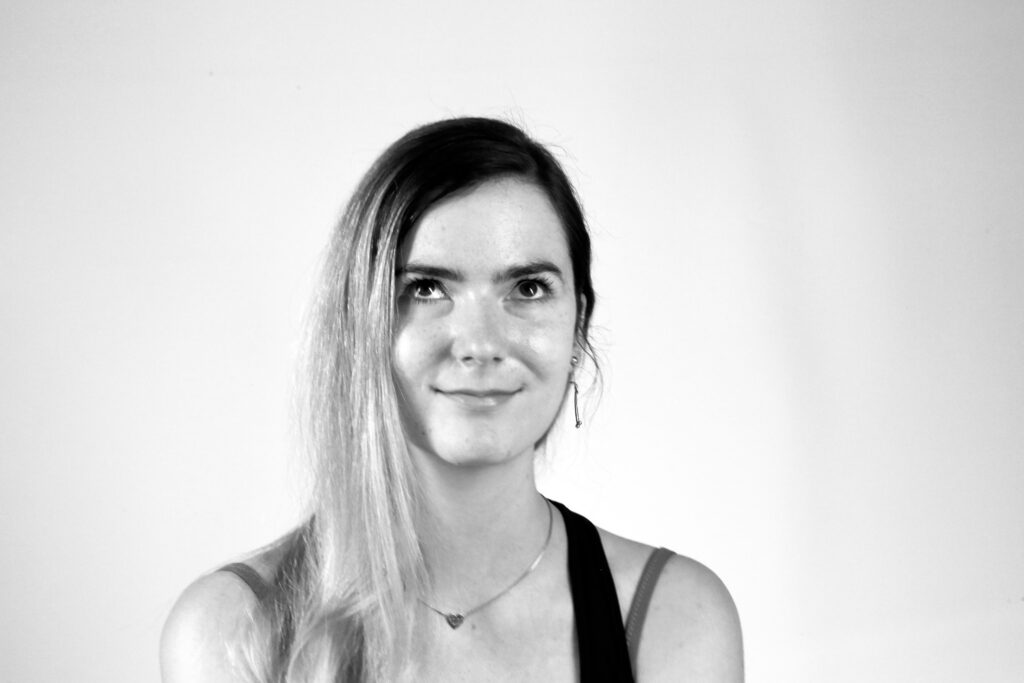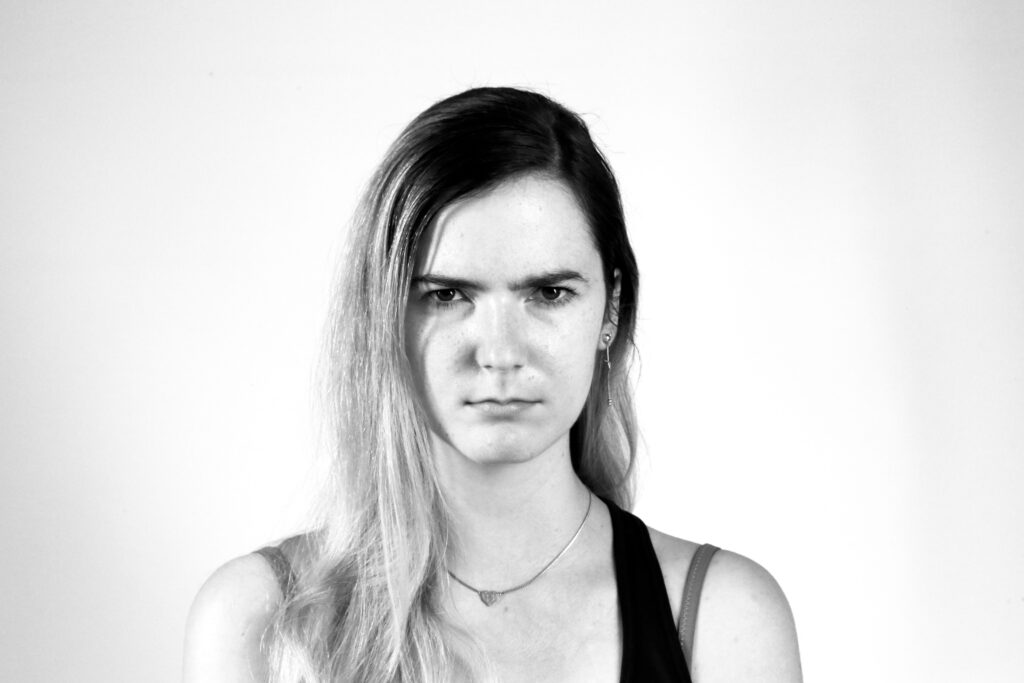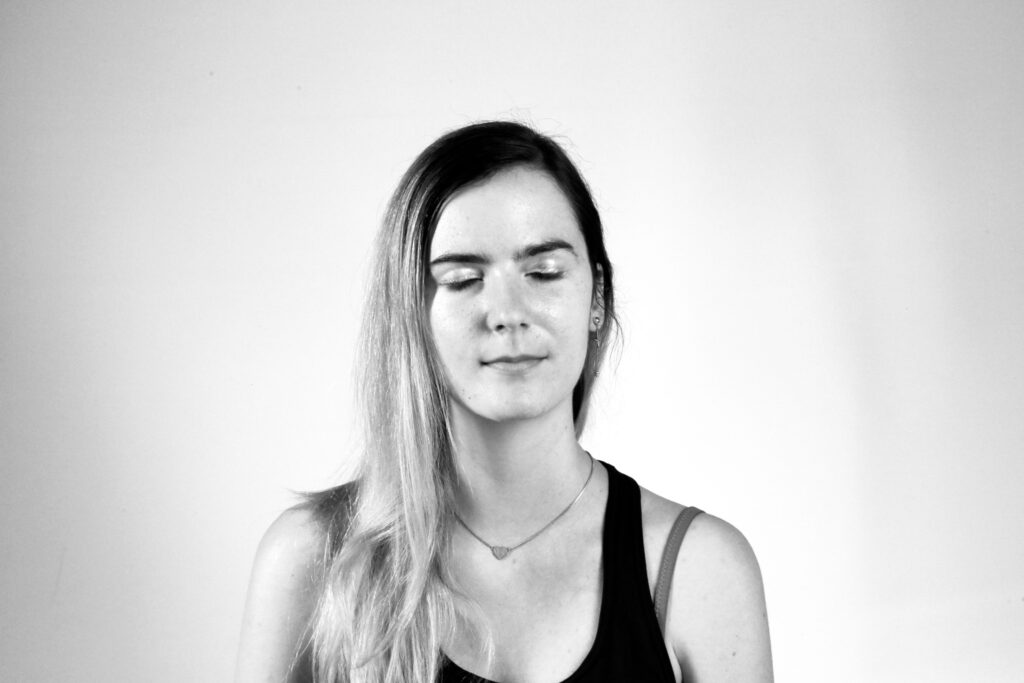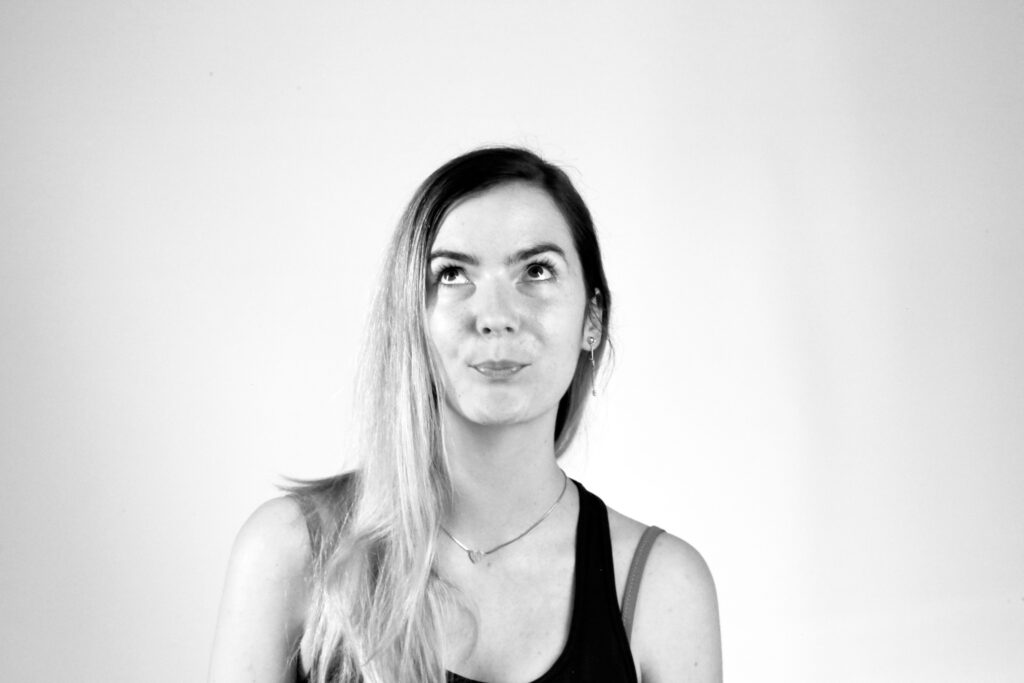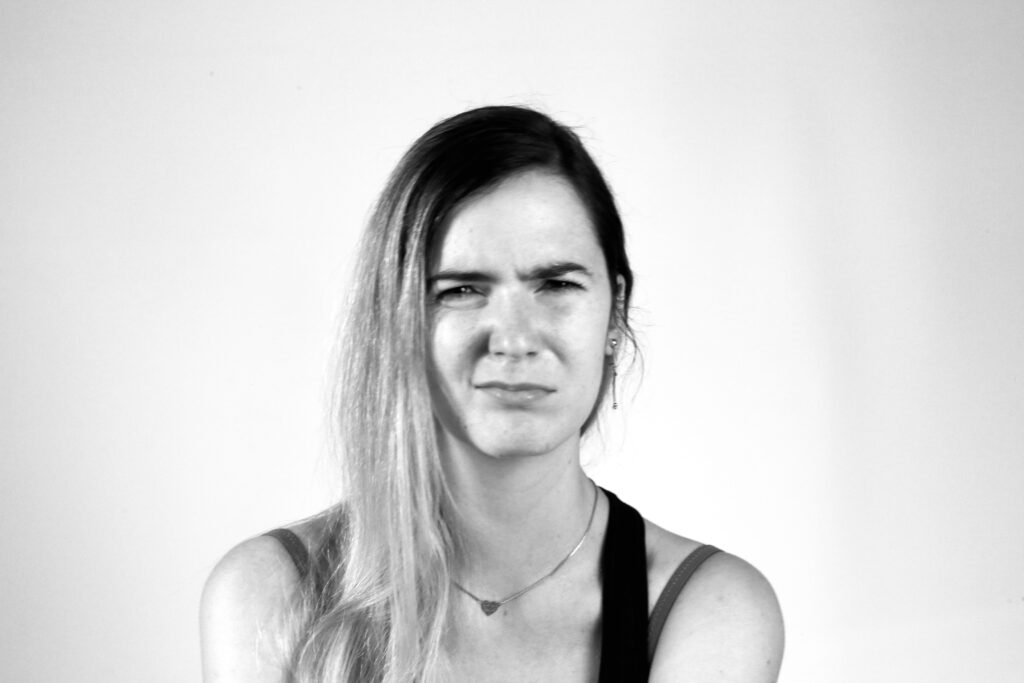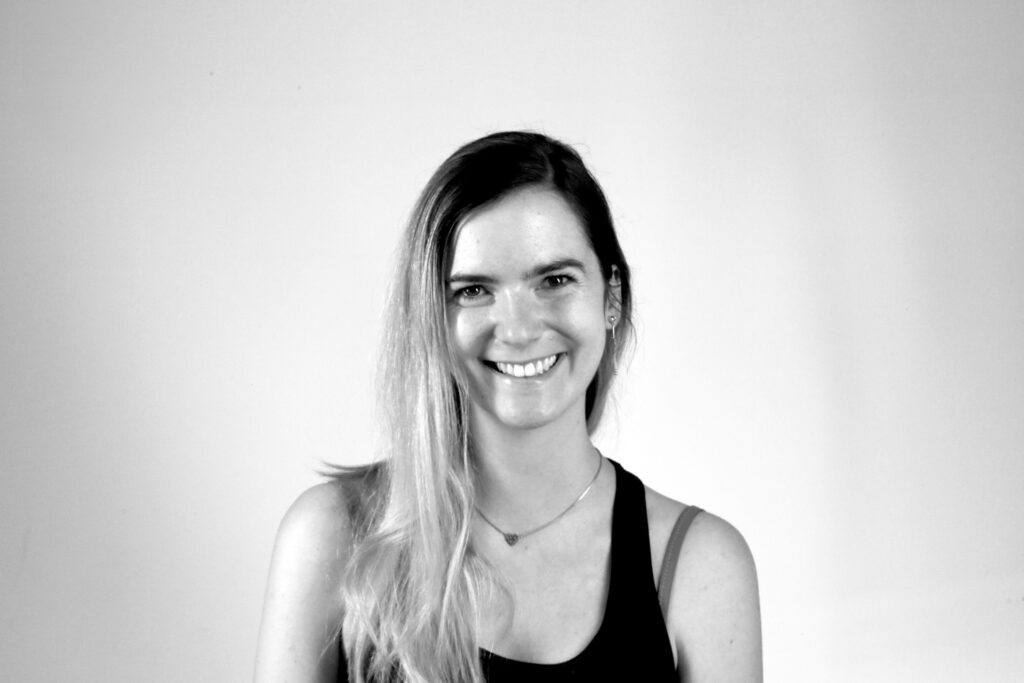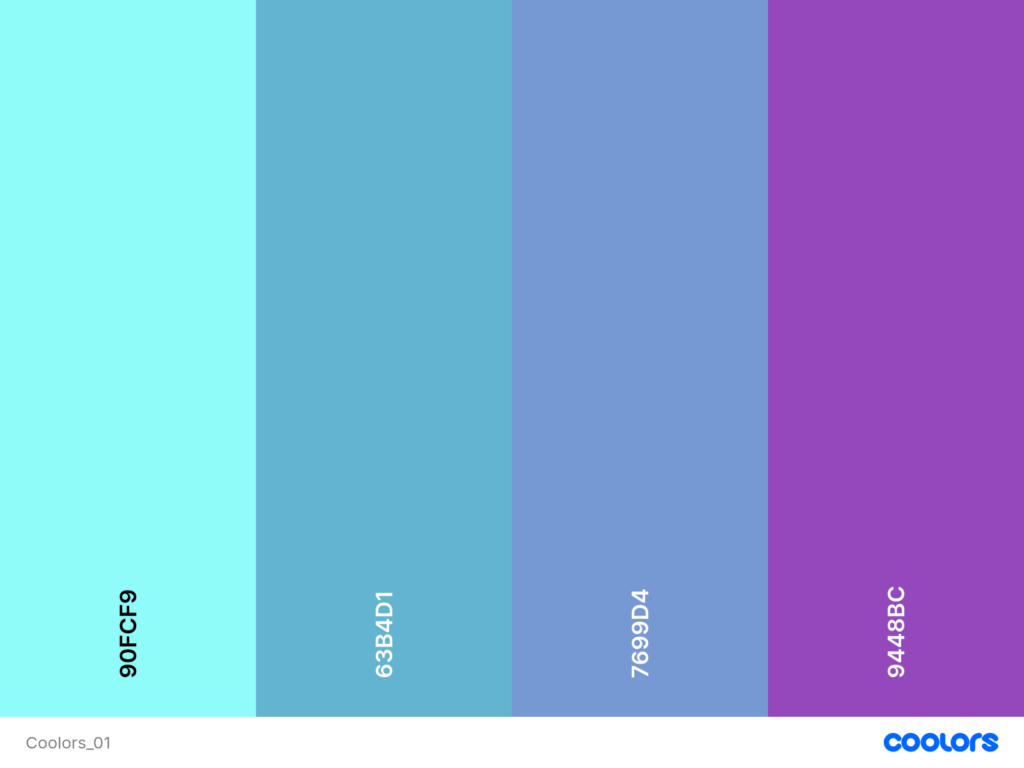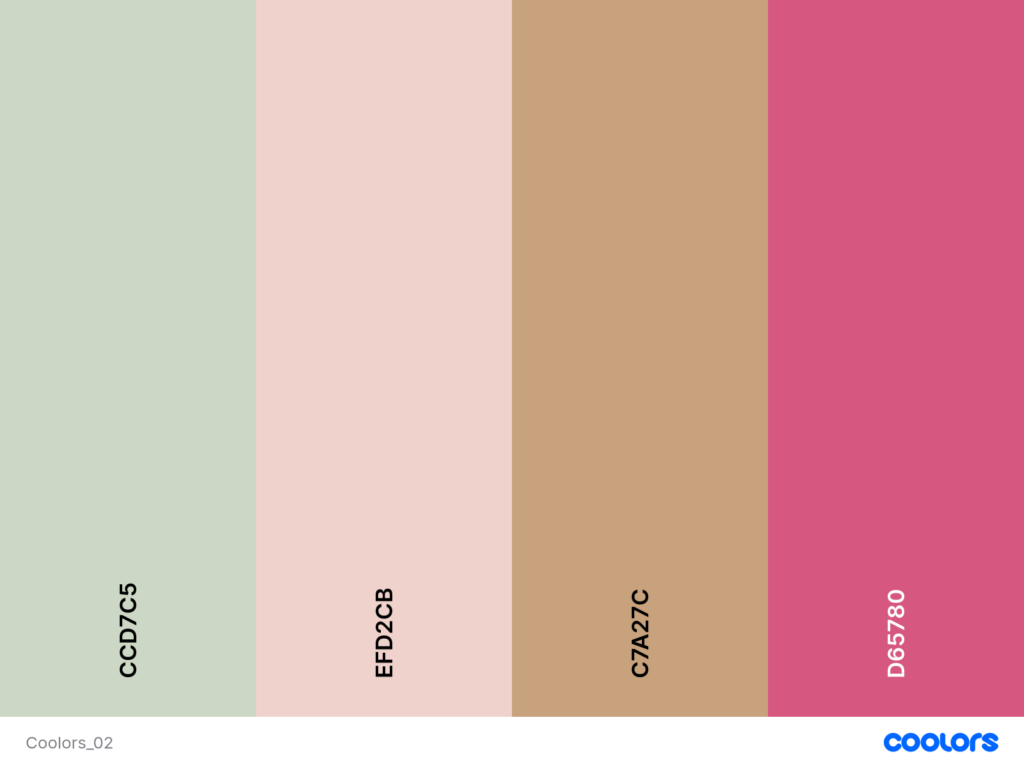For my second experiment I wanted to find out if people can spot the difference between handmade designs and digital designs that have an analog look to them. This way I wanted to find out if the effects of the handmade aesthetic require the actual time and effort or if a fake will lead to the same look, and the consumer doesn’t even notice.
In my experiment I showed my participants 6 designs, 3 of which were handmade and 3 of which only have a handmade look added to them. I asked them to tell me which ones are analog in their opinion.
The results varied, and my participants never all had the same opinion. At first, I showed them two collages, one analog and one digital and here the participants agreed the most. 71% correctly assesed the handmade collage and 86% could tell that the other one was made digitally. Even the digital illustration was found out by 71%. It was harder for them to tell the letterpress print was made by hand. Only 43% could tell, so the majority guessed wrong. For photography there seems to be a similar confusion. Out of two pictures, one analog and one digital, both were believed to be made digitally by a majority of 57%.
To conclude the results, it is not that obvious if a design is made analog or digital with a fake analog look. The tendency was correct on only 4 out of 6 designs, and never was it obvious to everyone. Especially with photography and letterpress it seems to be harder to tell. I do think the results could possibly be different if I showed them the works in person, instead of digitally on a screen – because this is where you can really see the difference of analog design.
These results show that the look and the effect of the handmade aesthetic on the consumer are not necessarily dependent on the process of creation. I personally find these results quite unmotivating because it means that the special effort that is put in when making something by hand, cannot always be observed. But at least it tends to be observable.
During my preparation I asked myself if it is that much more efficient to fake the handmade look. Since I got all my “fakes” from tutorials online I noticed that on top of creating the digital work (which can sometimes take quite long too), you then have to put in an extra effort to make it look imperfect. I think here it really depends on the medium. For photography, it is clearly still faster to make it digitally and fake the look, but for example for illustration, I can imagine a designer drawing something by hand quicker than building it on illustrator and then making it appear imperfect afterwards. Therefore, I believe it is a complex question, that can only be answered depending on a specific design. It cannot be said generally if a “fake handmade” design has the same effect as an analog one, and neither can it be said that it is easier and quicker to produce a digital one. Also since the handmade look has associations like „authenticity“, I think it could really backfire to fake the look, because some consumers might still notice.








